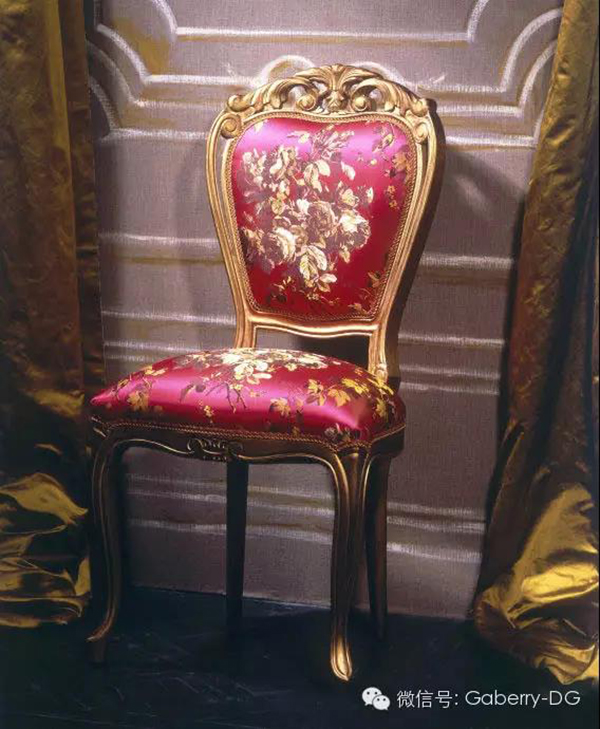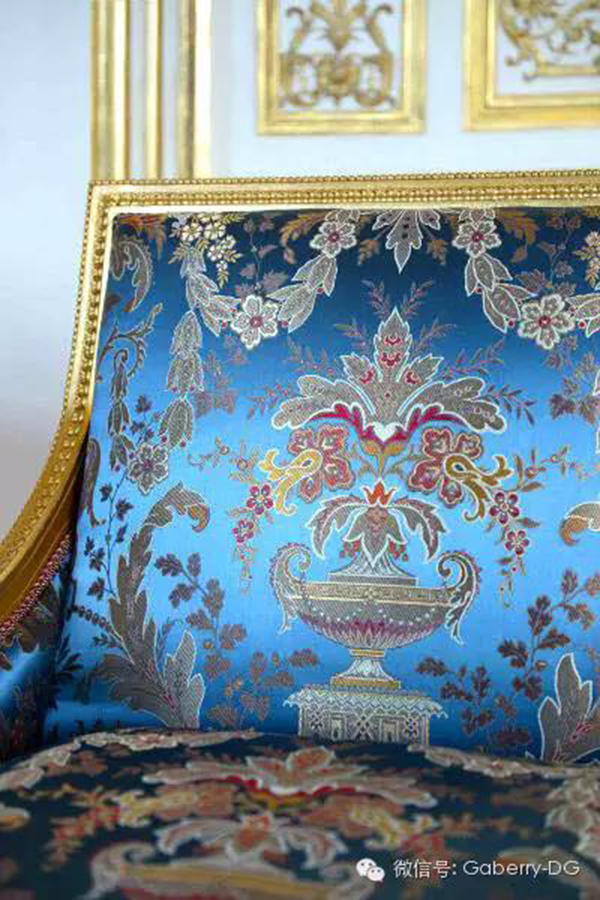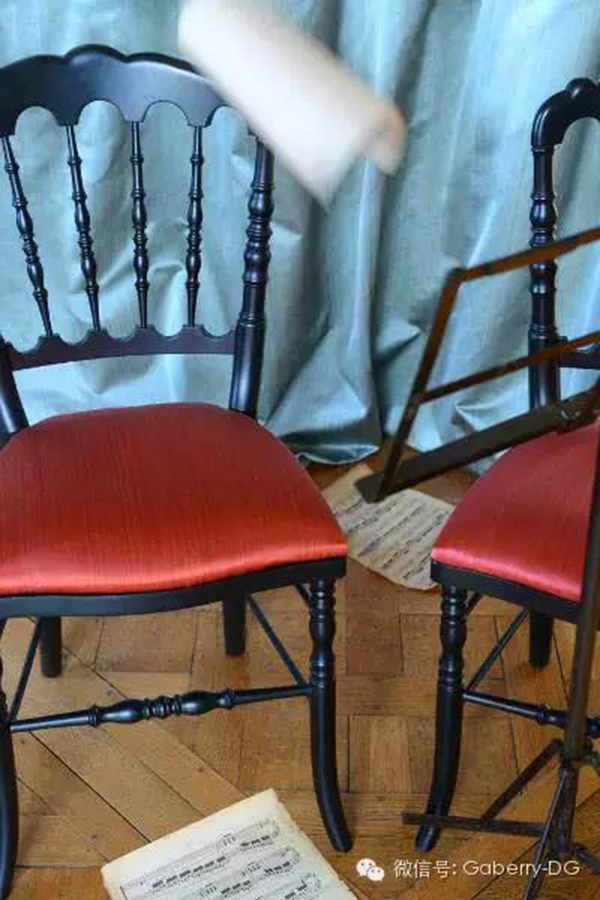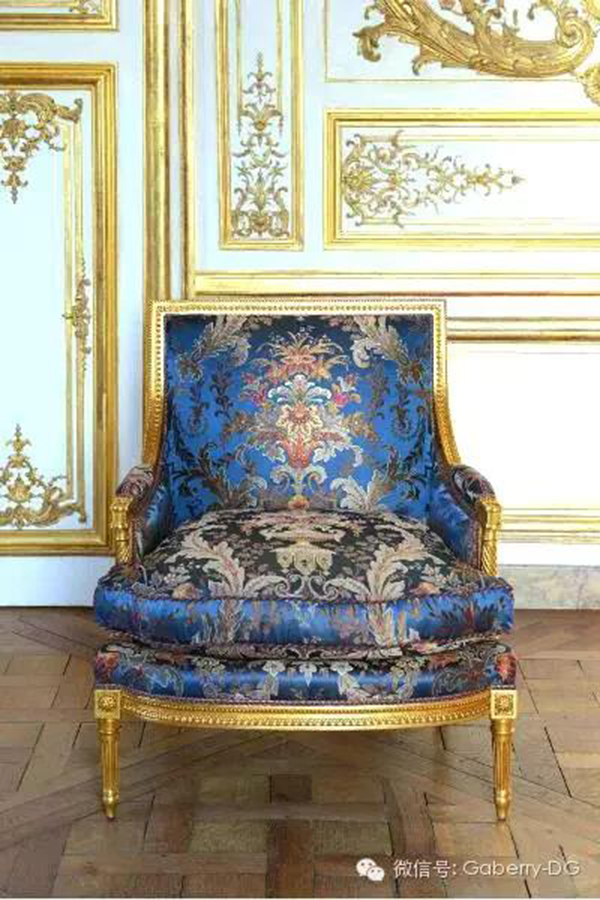Design Inspiration of Tassinari & Chatel
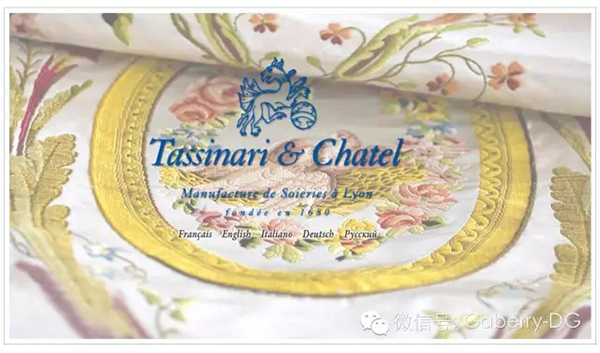
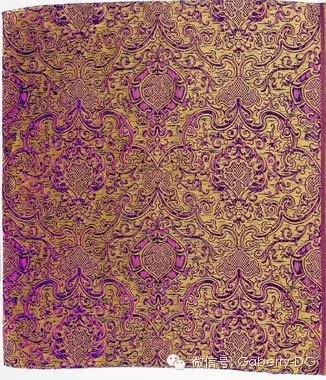
10586
BROCATELLE RENAISSANCE
A Brocatelle in the Renaissance style of the 15th and 16th Centuries. This fabric with a gold background simulates a used appearance and can be used either for upholstery or wall hangings.

2023
VELOURS SALLE DU TRONE
A cut velvet, hand woven, produced for the Throne Room of the Royal Palace in Madrid, as wall covering, curtains and lambrequins. Reproduced identically in the 1990's, this fabric was originally woven for Carlos III between 1759 and 1788. It was then Genoese cut velvet, in crimson on a gold satin background with a motif of pineapple fruits and leaves. Its reweaving took several years since only 50cm could be produced each day and the hand-made quantity required for this vast hall in the Rococo style was very large.
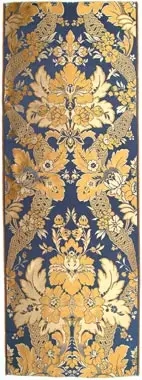
10458
LAMPAS REGENCE
This Regency lampas is composed of two motifs of flowers and acanthus leaves framed by a flowing treillis. Rewoven from an antique piece, this lampas can be used for curtains, wall hangings and upholstery. If used on furniture the wider motif should be placed on the seat and the narrower motif on the back.
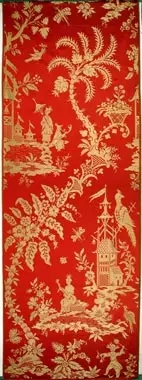
10664
LAMPAS A LA PAGODE
A Lampas with an asymmetrical design and Chinese motifs in the Louis XV style. The design contains sinuous palm trees with varied foliage supporting a basket. Amongst the curves there are birds, a musician, a Chinese lady holding a parasol and above all motif of a pagoda.The design was rewoven for a reconstruction of the Chinese salon at the Chateau de Champs sur Marne and for the great chamber of the Hotel St Florentin in Paris,the town house of Talleyrand, now the United States Consulates in Paris.
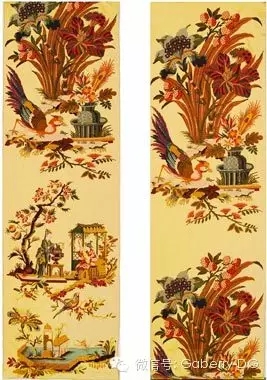
5730
BROCHE PAYSAGE CHINOIS
A magnificent brocade of silk and chenille with Chinoiserie decoration in the Louis XV style, with a matching border. The various motifs are rich in details with scenes of people at work, houses next to a lake with a boat and very beautiful flowers with birds of paradise.
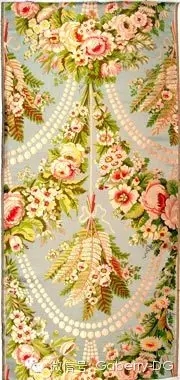
10411
LAMPAS LES FOUGERES
Woven in 1785-1786 by Pernon, the brocaded Gros de Tours with a green cannelé background, with a design of garlands of flowers, bouquets of fern and strings of pearls, was ordered for the bedchamber of Louis 16th at Compiegne. Made up in 1786 for the Bedchamber, it consisted of wall hangings in 4 pieces, the bed à la Duchesse, portieres and upholstered furniture; it was reused for the Directors of the Luxembourg Palace in Paris. Under the Empire, this Pernon fabric was reused in the Salon Circulaire of the Rendez-vous de Chasse of the Etang de la Tour at Rambouillet castle.
In 1978, French President Giscard d'Estaing ordered this fabric, which was only hung in the Elysée recently in the Salon des Tableaux on request of President Chirac and inaugurated for the visit of Pope John-Paul II in Paris in 1997.
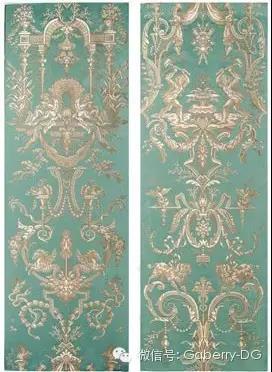
10653
LAMPAS LES FORGERONS
This Design by Reboul and Fontebrune was woven for the Salon des Jeux du Roi at Rambouillet.This design contains amongst its many details, sea horses, hounds and blacksmiths at work and at rest.The fabric was woven several times between 1785 and 1791, and was used in 1787 for the Bedchamber of Thierry de Ville d'Avray in the garde meuble royal, which later became the Ministere de la Marine in Paris. This exceptional suite of furniture in gilt wood by Séné was acquired after the French Revolution by James Swan and is now if the Fine Arts Museum in Boston. In 2001, Tassinari & Chatel reworked the design for the restoration of this room in Boston. The furniture was reupholstered in France by Remy Brazet, which revealed that Thierry de Ville d'Avray had placed human figures on some of the seats, which was against the usual custom of the period.
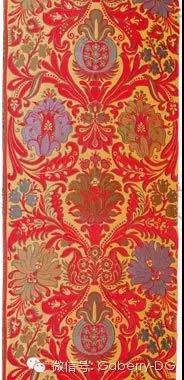
10598
BROCATELLE PAÏVA
A Regency brocatelle with floral motifs and acanthus leaves, used in 1866 to decorate a room in the famous town house of the marquise de Païva on the Champs Elysées in Paris. All the fabrics supplied for this house were very rich which prompted the Goncourt brothers to call it an "upholstered work" at the image of the marchioness. Mundane and involved in all the grand festivals of Napoleon III, the furnishings were deliberately sumptuous and grandiose.
